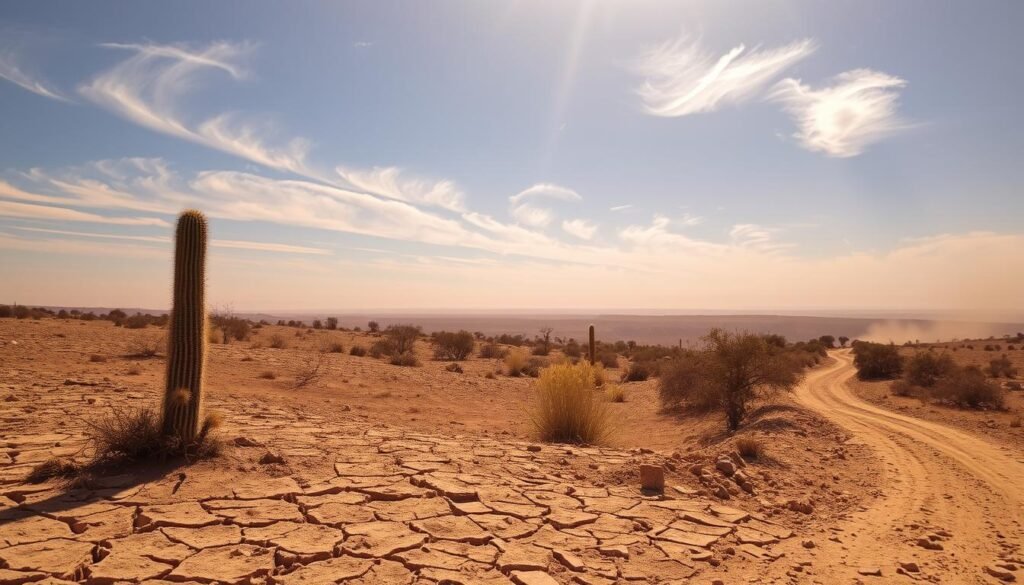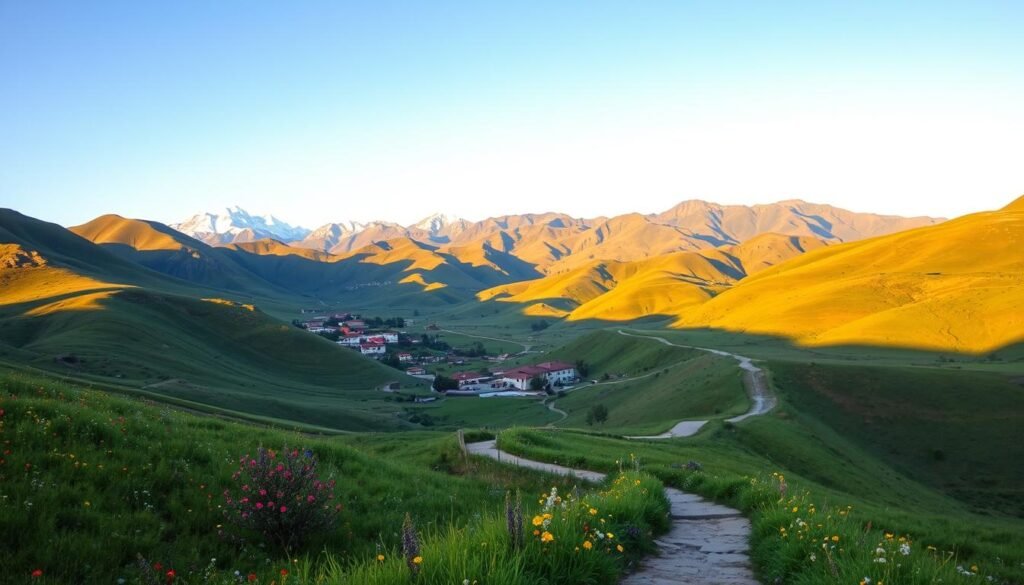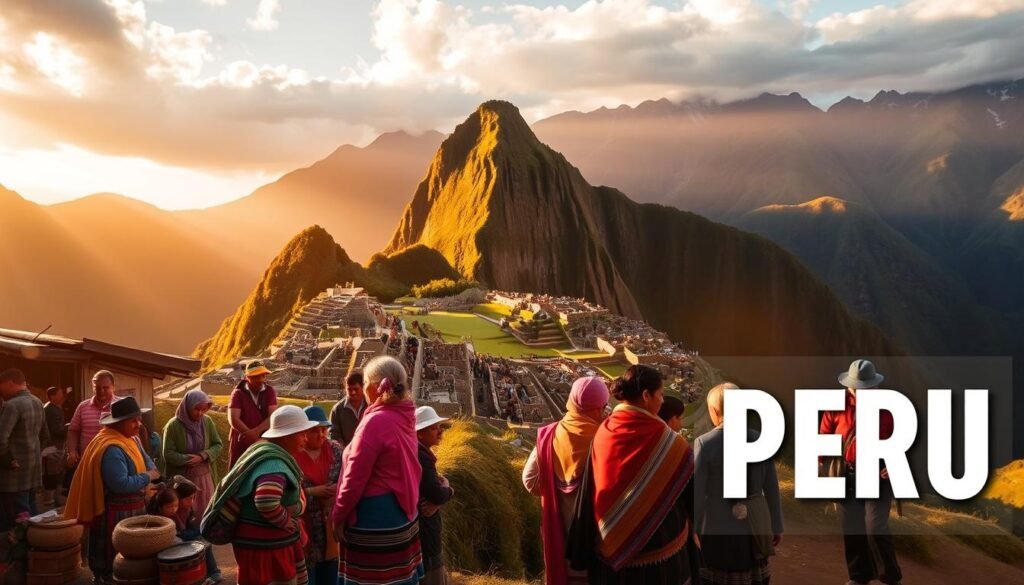Surprising fact: Peru spans three major ecosystems, and you can have wildly different weather on the coast, in the Andes, and in the Amazon on the same day.
I write from experience: this country is a year destination that rewards planning more than guesswork. I focus on how the coast, highlands, and jungle follow different seasonal rhythms that shape crowds and what you’ll see.
If Machu Picchu is your aim, I point you toward the Andean dry season for clear mountain views and easier trekking. For beaches and surfing, Lima shines in local summer, while the Amazon shifts with river levels and rain.
My advice covers ideal trip lengths, the Inca Trail’s February closure, and why shoulder months offer calm weather and fewer lines at major sites. Read on and I’ll help you pick the right window for your style of travel.
Key Takeaways
- Peru’s coast, Andes, and Amazon follow different seasonal patterns that affect weather and crowds.
- Shoulder months (April–May, Sept–Nov) often mean nicer weather and fewer visitors.
- Plan for the Andean dry season for hikes; Lima’s summer is best for beaches and surf.
- The Inca Trail closes in February—adjust plans if that route matters to you.
- Allow at least eight days; 10–14 days is ideal to include key sites and acclimatize.
My quick take on the best time to visit Peru by region and experience
A few months each year consistently smooth out weather and crowd surprises across the country. I use a simple rule: aim for shoulder months when you want good weather and fewer tourists, or pick specific windows for activities like hikes, beaches, or jungle trips.
Shoulder months sweet spot
I recommend the shoulder months—April–May and September–November—for a pleasant balance. These months often deliver mild skies across the highlands and less congestion if you’re splitting days between the coast and the Andes.
Machu Picchu and the Inca Trail
For machu picchu and classic routes, the Andean dry season runs roughly April–October. Trails hold up better then, and visibility improves. Note the inca trail closes every February, so plan alternatives if you travel that month.You can learn about best-places-to-visit.
Amazon choices
In the Amazon, pick dry months for easier rainforest treks underfoot. The wet season raises river water levels, which is ideal if you want deeper boat access and different wildlife viewing by skiff. Small-ship cruising works year‑round.You can learn about best-european-countries-to-visit.
- I call Cusco the gateway for highland treks and trains to Machu Picchu.
- Pair coastal summer with shoulder months inland for a one‑year multi-region itinerary.
The best time to visit Peru: dry season, wet season, and peak season explained

Understanding seasonal patterns lets you pick sunshine, solitude, or savings on any trip across this country.
Dry season (May–September) offers the clearest skies for treks around Cusco, the Sacred Valley, Lake Titicaca, and Huaraz. Trails are firmer and mountain views sharpen.
Nights at altitude can be frigid even on sunny days, so layering is essential. If you want festivals and the busiest crowds, plan for peak season in June–August. Permits, trains, and hotels sell out fast then.
Wet season (November–March)
The wet months bring lush terraces, quieter ruins, and better hotel deals. January and February are the rainiest and the Inca Trail closes in February, so expect alternatives or train-based access.
When rain arrives, I build flexible days and start early each morning. That helps me catch sun breaks at major viewpoints and avoid the bulk of tour-group crowds later in the day.
- Crisp mountain views: dry season is your best window for long treks.
- Value and green landscapes: wet season rewards travelers who don’t mind showers.
- Peak months: june august bring festivals and higher tourist numbers—book ahead.
For a deeper planning guide, see my recommended when to go guide that matches seasons with ideal itineraries.
Month-by-month guide: When I’d go for Machu Picchu, the Sacred Valley, Lima’s coast, Lake Titicaca, and the Amazon
I map each month against specific goals—hikes, coast days, or jungle wildlife—so you can pick what matters most.
January–February: I use January for coastal summer energy—beaches, ceviche, and Islas Ballestas wildlife—while Machu Picchu sees fewer visitors but muddier Andean treks. In February I celebrate Pisco Sour Day in Lima and watch Carnaval in Cajamarca. Note the Inca Trail closes in February; I plan the Quarry Trail or train access instead.
March–April: Semana Santa brings lush valleys. March offers calmer coast crowds. April clears more windows on the mountains, with orchids and shorter queues at key sites.
May–June: Trekking ramps up and Lake Titicaca turns sunny. I time June for Inti Raymi in Cusco and drier Amazon stretches that lift wildlife sighting odds.
July–August: Peak clarity and festivals arrive. July 27–28 are lively for the capital’s Independence Day. August keeps trails firm and Titicaca waters calm for boating and stargazing.
September–October: I pick September for warm days and top birding. October mixes sun and showers; it’s strong for treks, surf along the coast, and Amazon sightings before thicker vegetation.
November–December: November thins trek traffic and frames All Saints’ Day. December brings coastal summer back, festive city life, and mountain blooms with occasional rain.
| Month | Where I Go | Why I Go |
|---|---|---|
| Jan–Feb | Lima coast, Paracas, Machu Picchu | Beach energy, Islas Ballestas wildlife, quieter sites; avoid Inca Trail in Feb |
| Mar–Apr | Sacred Valley, Cusco | Green terraces, fewer coastal crowds, clearer mountain views in April |
| May–Jun | Hikes, Lake Titicaca, Amazon | Prime trekking, dry Lake Titicaca skies, Amazon wildlife visibility |
| Jul–Aug | Cusco, highland treks | Peak season clarity, festivals, stable trail conditions |
| Sep–Dec | Birding routes, surf coast, cultural towns | Warm highland days, surf picks, fewer crowds then festive December markets |
For planning details and alternate windows, I also consult a concise best-time guide that helps match months with itineraries.
Plan your trip: days on the ground, crowd strategies, permits, and my favorite shoulder-month itineraries

Start by planning how many days you can truly relax versus rush—that split makes or breaks a trip. I recommend at least 8–10 days for a comfortable pace and 10–14 days if you want Lima, the Sacred Valley, and an add-on like Lake Titicaca or the Amazon.You can learn about best-time-to-visit-morocco
How long to stay
I break trips into clear blocks: 2–3 days in the capital for food and museums, 4–5 days in Cusco and the valley for acclimatization, train, and Machu Picchu, then 2–3 days for an Amazon lodge or Titicaca shores.
Peak, shoulder, and cheapest windows
Peak season runs June–August with festivals and heavy demand; book trains and hotels early. I aim for April–May or September–November as shoulder months for stable weather and fewer crowds. January–March can offer deals but expect rain and occasional trail closures.
Logistics that matter
Altitude matters: I build an easy day in Cusco before hikes and longer trekking. Inca Trail permits sell out months ahead; if they’re gone or it’s February, I choose excellent alternatives like the Quarry or Ancascocha treks.
“Book peak-season trains and permits well in advance, and slot acclimatization days early in your plan.”
- Route tip: fly into Lima, connect to Cusco (the gateway), train from Ollantaytambo to Aguas Calientes, then hop to Puerto Maldonado or Juliaca for add-ons.
- Pack layers for mountain swings and leave buffers on travel days for delays.
- For quick planning help, see a concise guide on planning trips in Peru.
Conclusion
Pick windows by what you want to do: surf and nightlife along the coast in coastal summer, clear mountain views for Machu Picchu, or green Amazon waterways for wildlife and higher water access.
I recommend shoulder months for a balance of good weather and fewer crowds, dry months for bucket‑list treks, and wet months for deals and dramatic green scenery.
Remember the Inca Trail closes in February. Book trains and hotels early for June–August, start days ahead of big groups at major sites, and use Cusco as your highland gateway.
Build your plan around what excites you — food in the capital, markets and ruins in the Sacred Valley, stargazing at Lake Titicaca, or Amazon wildlife. Stay flexible with the season, and your trips across this diverse country will feel tailored and memorable.You can learn about best-time-to-visit-aruba.






















One Response